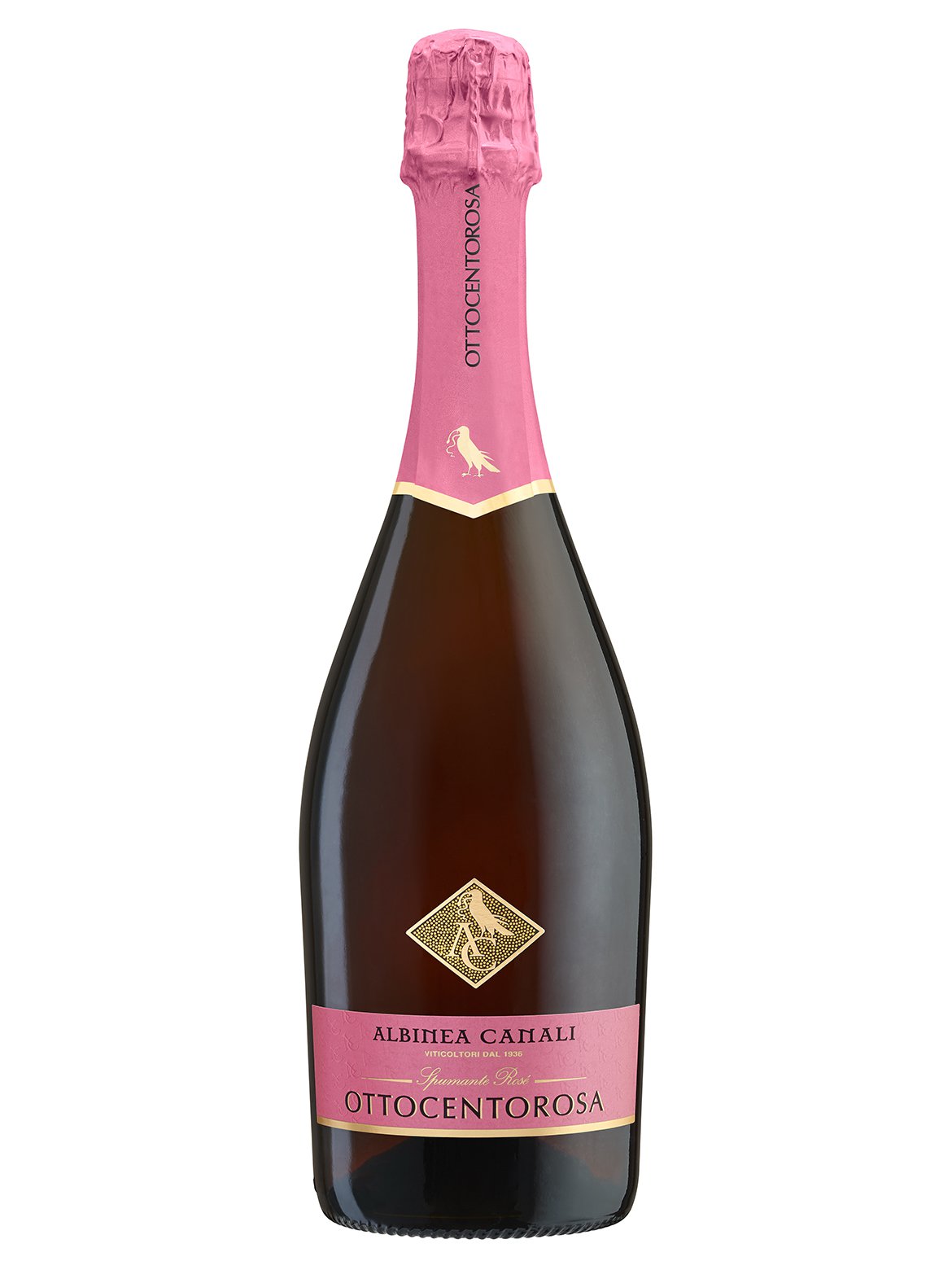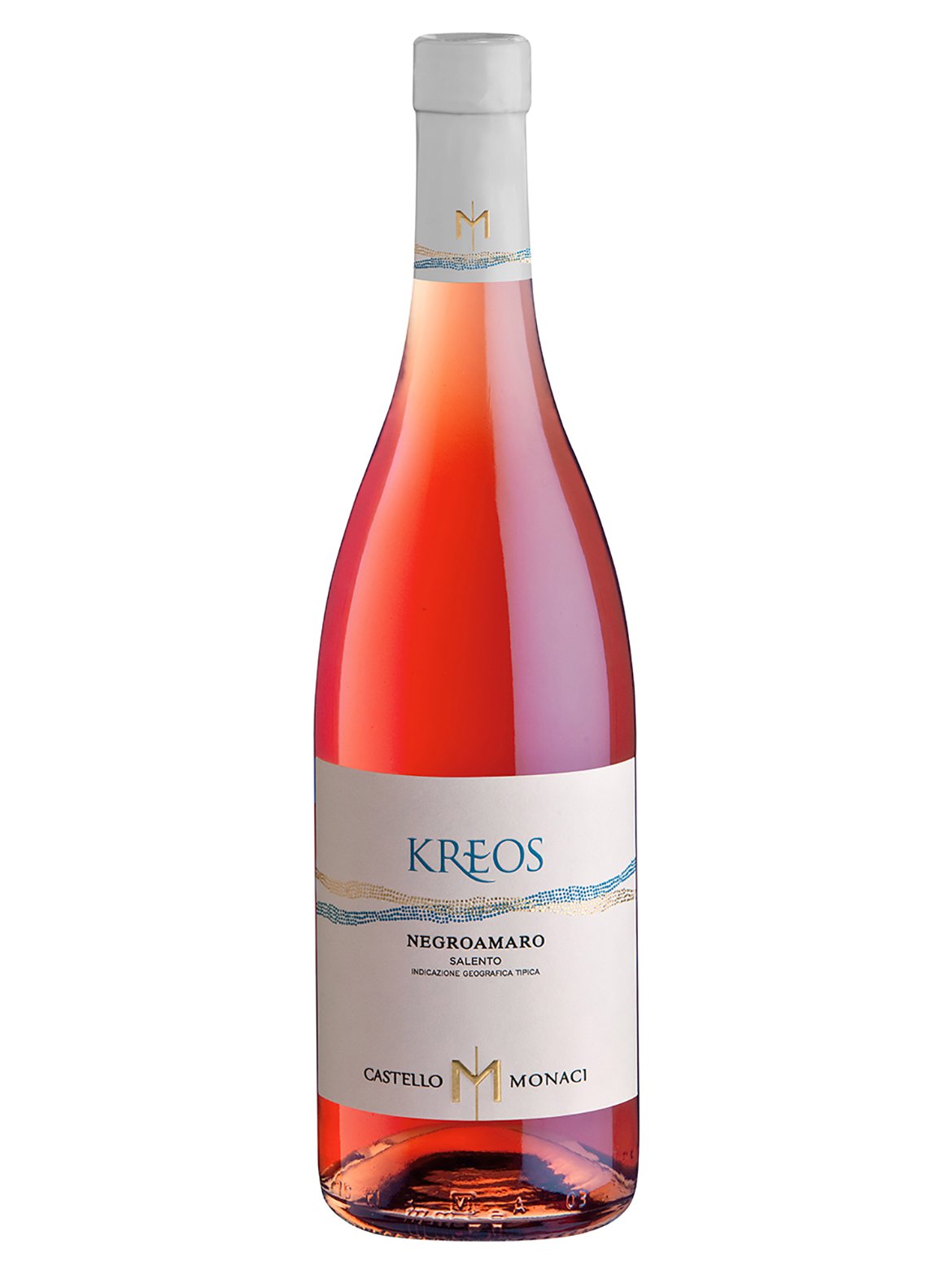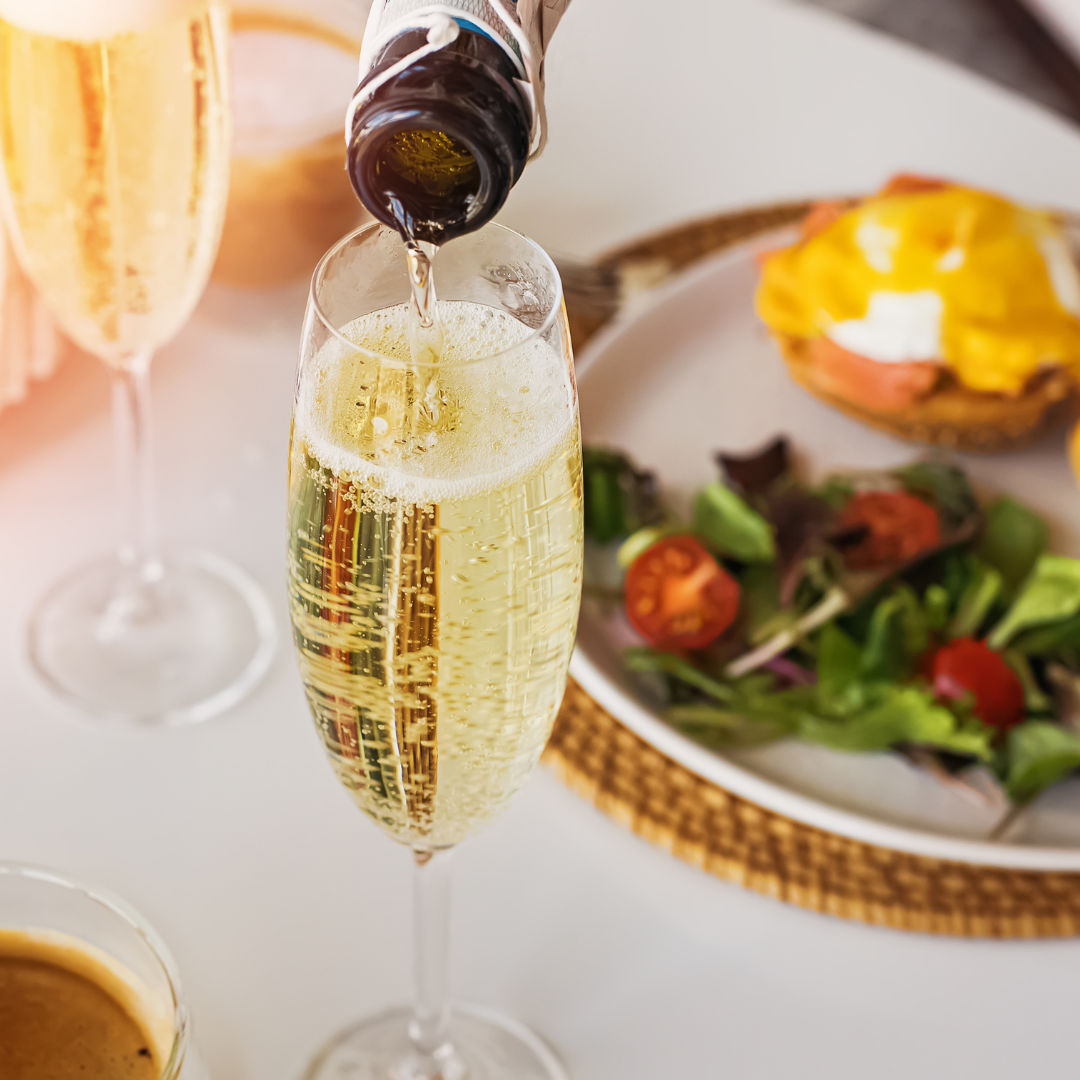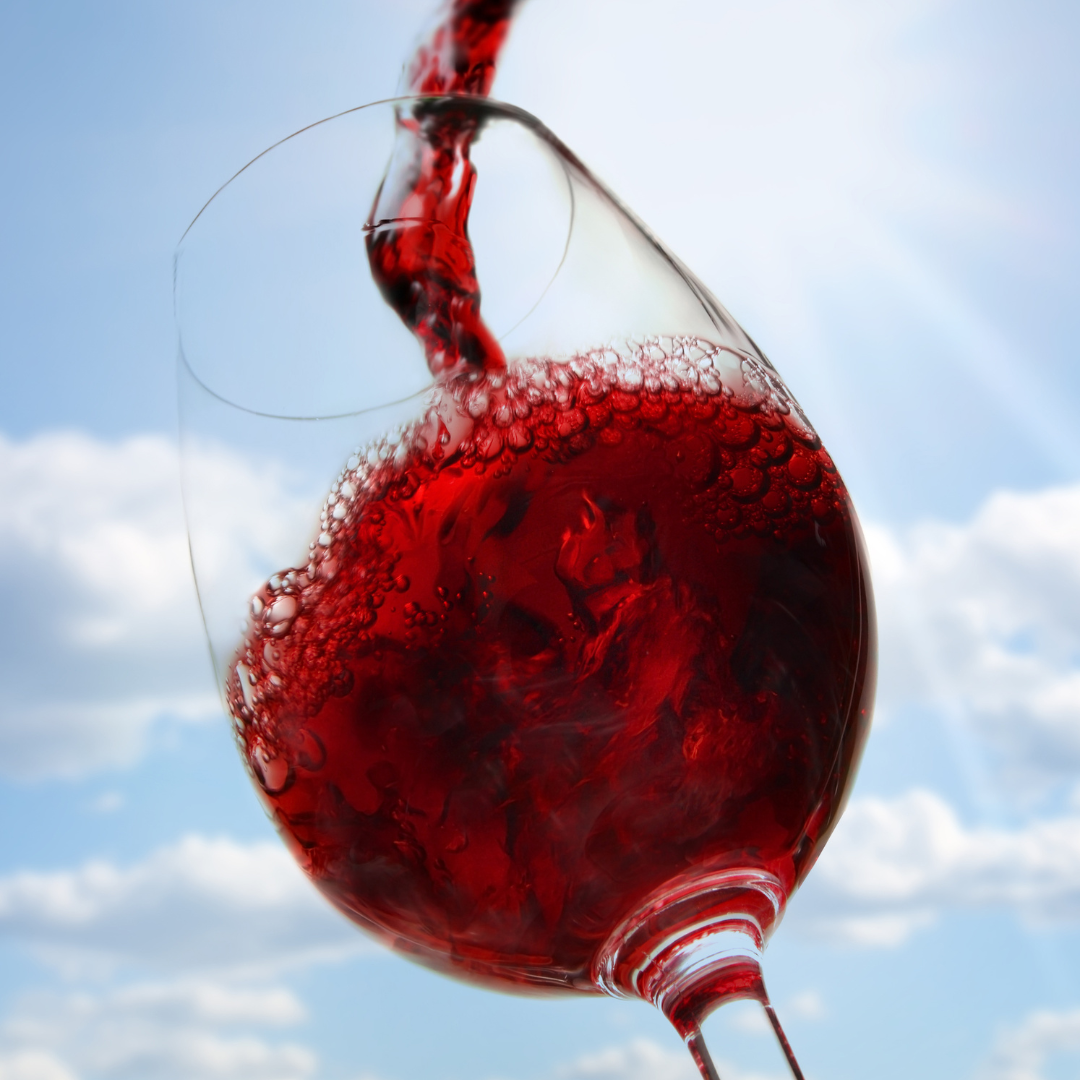Di Vino
La Vie en Rose of Rosé wines
01/07/2017

The world of Rosé wines is complex, sought-after, a mix of balancing act and compromise, nuances and shades of meaning, requiring care and sensitivity to be appreciated, seemingly timid and vulnerable but in reality a world waiting to be discovered. Rosé wine can be light and carefree but at the same time intense and structured like a red, so it can be a cheerful summer aperitif or go with an important, rich dinner. What's your style and which is your ideal Rosé? Let's find out.
How to choose your Rosé
So you don't get a rosé wine just by mixing a red and a white, at least not in Italy. You start off with red grapes and the grape skins being vinified for a few hours in contact with the must. Just the time needed for the skins to release into the must a little colour, a very few tannins and aromas.
But where do we do this and with which grapes? For the best Spumante Rosé we use the aristocratic Pinot Noir! Its rosé version to be found, for example, in Franciacorta and Trento as in Champagne, has structure, body, acidity and depth, a rich and full-bodied wine. Another two areas with a long history of making rosé wines are Bardolino on the Verona shore of Lake Garda where the Corvina grape predominates and Salento where Negroamaro is mostly used.
Different Styles
If the zone changes, the grape of origin changes and so do the tonality of colour and what we taste and smell. In Franciacorta as in Rosé della Bellei, the colour is delicate with shades of onion-skin while on the nose and palate there is an explosion of nevertheless elegant intensity, with hints of yeast well-integrated with an appreciable fruitiness.
Bardolino Chiaretto has a lively colour and the brightness of summer about it, shades of violet and aromas of cherry imbued with a spicy freshness, a freshness which makes it perfect for many food pairings. Salice Salentino is incredibly Mediterranean, warm, beguiling, sensual, complex …. a perfect match for seafood. Rosato della Basilicata is a little more out of the ordinary and decisive, with a foundation of Aglianico, a pugnacious variety and capable of creating full-bodied wines and rosés of powerful structure.
How and when to drink Rosé
The Mediterranean wine "par excellence", which can be reviving on hot summer days but now something to be enjoyed all year round in a thousand ways. In fact people like it for its adaptability to many settings and its versatility in the kitchen.
Served cool but not quite as much as a white wine, usually at about 10-12 C so that it releases all its aromas and round, soft sensations in the mouth.
What food to match it with? Practically everything! Rosé wines make for excellent aperitifs, obviously going with cold cuts but also a must with sushi and try them with fish soup or fried fish. They go with any first course , are superstars with cold summer dishes but also perfect for chicken salad and vitello tonnato; their roundness and softness make them ideal companions for various spices, above all curry!
And why not a cocktail?
For cocktail lovers, this is Vinicum's summer favorite! It's a variation on the original recipe for Hugo, the fresh and aromatic aperitif now a serious contender for the throne held by the classic 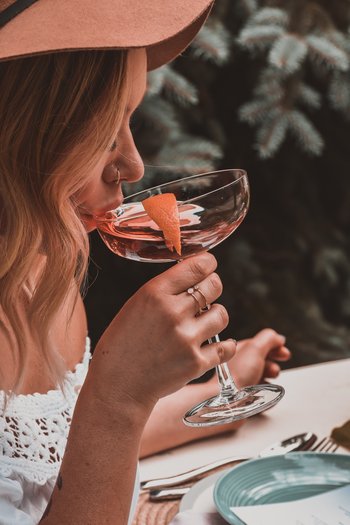 Spritz
Spritz
Ingredients
2 parts of Spumante Rosé
1 part of elderflower syrup
Soda, ice and mint leaves
We're sure we've aroused your curiosity, now choose your Rosé for the summer and tell us which one you prefer!
Read others post


